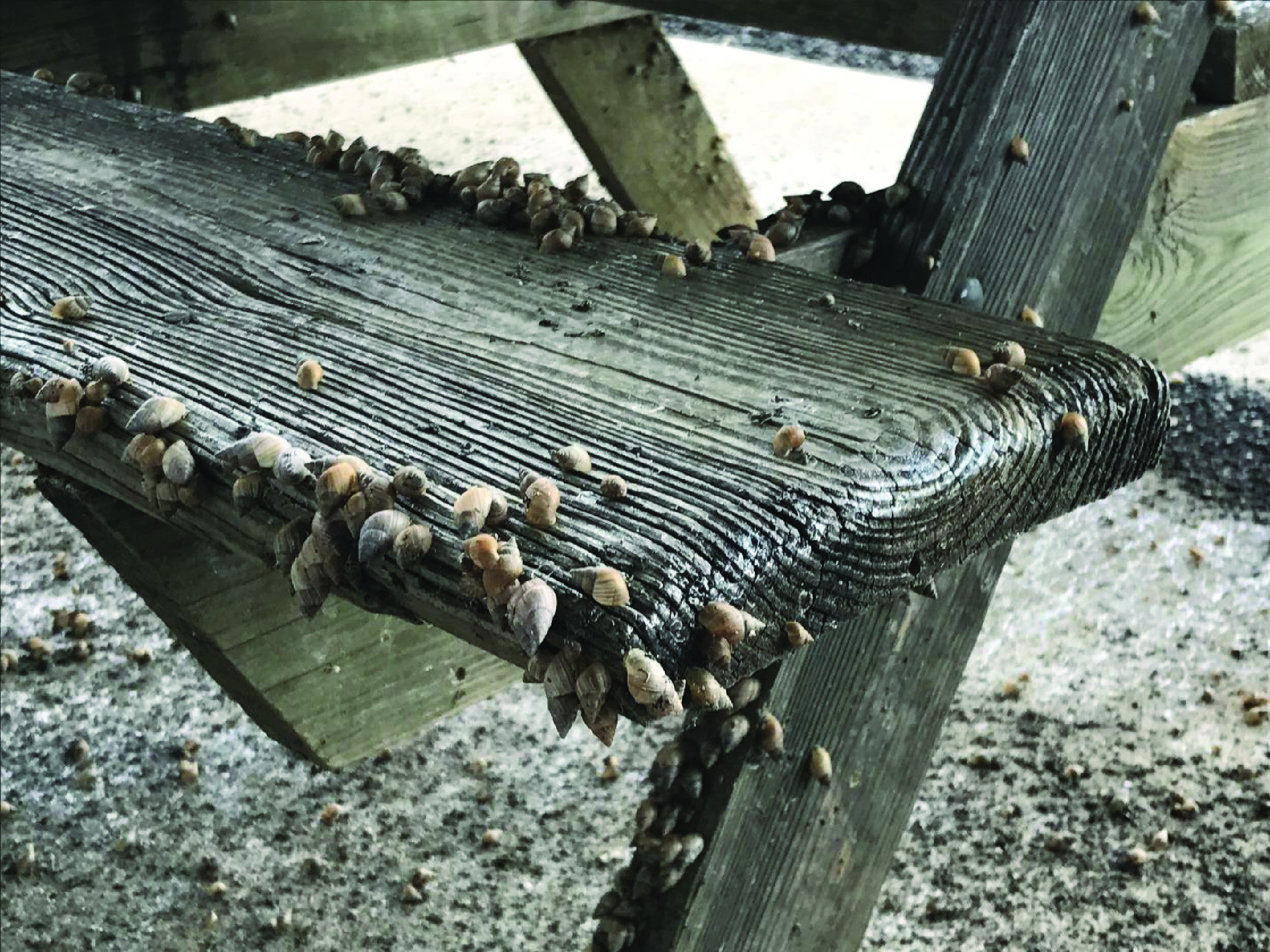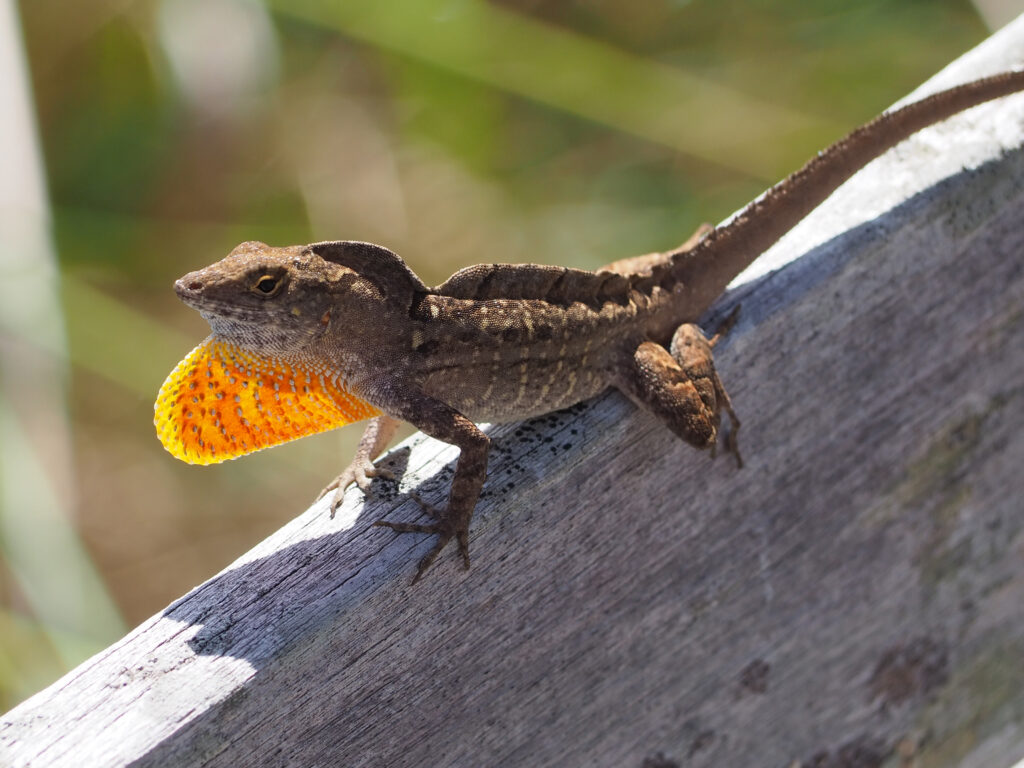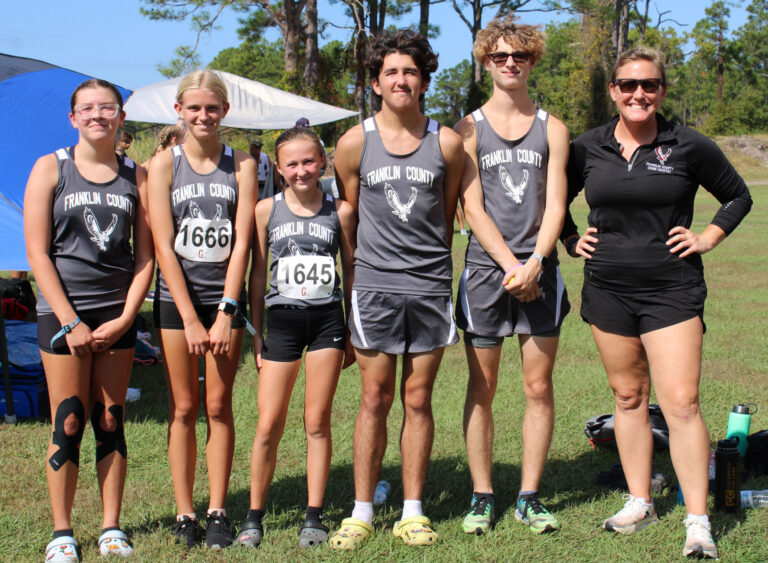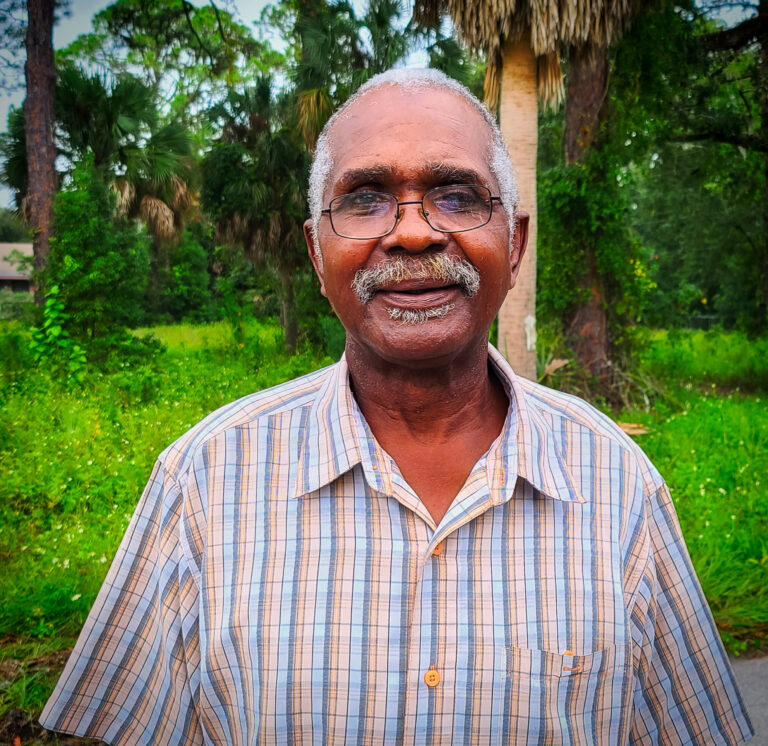Know your nuisance
Agency partnership monitors invasive animals
Last week was National Invasive Species Awareness Week and while most of us probably slept right through it, there’s a group of experts from various agencies who keep a watchful eye on the plants and animals that are on the rise but that don’t belong here.
It’s called the Apalachicola Regional Stewardship Alliance, covering nine counties from Bay to Wakulla that comprise the Cooperative Invasive Species Management Area. (CISMA).
Populated by land managers from various state and federal agencies, including the Florida Fish and Wildlife Conservation, the military, the state and federal parks, the alliance focuses on private land control and public education, to address the threats aquatic and terrestrial non-native invasive species pose to ecosystems within the Apalachicola River region.
In other words, it’s a way for those in a position to know and to influence others to bring together their talents for maximum effectiveness.
Now as all gardeners and landscape architects know, the region has a problem with scores of plants, everything from water hyacinth to giant salvinia, and policymakers employ a strategy of Early Detection and Rapid Response to boost the chances that localized invasive species populations will be found, contained, and eradicated before they become widely established.
“EDRR can slow the range of expansion and avoid the need for costly long-term control efforts,” the alliance reports on their website www.floridainvasives.org/apalachicola, where a list can be found of those plant species that should be reported immediately via eddmaps.org. Or from a smartphone on the IveGot1 app, or by calling 888-Ive-Got1 (483-4681).
Those who love their gardens love nothing more than tearing out these pesky invasives, with eradication a popular pastime.
But what about animals?
“It’s a little harder with animals, people don’t like to euthanize live animals and that can become an issue. We can show you how to catch them,” said Rick O’Connor, the Sea Grant extension agent for Escambia County, with a particular interest in coastal invasive and nuisance species.
He said once a potentially invasive plant or animal has been reported, the regional CISMA alliance will decide, depending on location and property, who will take the lead. O’Connor said both the Air Force and the Navy have been active with the alliance, in overseeing the thousands of acres they control in the Panhandle.
In addition, extension agency Erik Lovestrand in Franklin, and Ray Bodrey in Gulf, can help residents identify problematic plants and animals.
O’Connor said a photograph of the invasive fed into the app becomes a part of a national database, which then populates a map that further deepens an understanding of where the problem areas are, and how they are spreading.
While there are more than 500 non-native plant and animal species that plague Florida. 10 of these animals are considered the most destructive to the state.
“We developed a definition (because) we wanted to all be speaking the same language,” O’Connor said. “If a species got here on its own, it’s just naturally moving through territory.”
The challenge is whether a species not native to Gulf or Franklin county, and arrived here either intentionally or by accident, can be considered invasive. “It’s got to be causing a problem,” O’ Connor said. “There has to be some sort of issue, environmental or economic.”
The good news is many of the species invading the tropical climate of South Florida cannot flourish in the Panhandle’s cooler temperatures, and so as a result, nature serves as a check in cases when they “hitchhike” here.
This is certainly true of the Burmese pythons that have terrorized the Everglades, as well as the voracious cane, also called bufo, toads that are dangerous to animals because they secrete a toxic substance when bitten.
But one amphibian that continues to be a potential threat is the Cuban treefrog, which Dr. Steven Johnson, a University of Florida professor of wildlife ecology and conservation, says are continuing to trickle in the area.
“I’ve got enough records from Port St. Joe to feel confident they are established there. They may very well be established in Apalachicola too, but I need more recent records to make this decision,” he said.
Johnson encouraged newspaper readers to email him digital images of suspected Cuban treefrogs to tadpole@ufl.edu to help him in his research and to assist with elimination.
“If you’re not a 100 percent sure it’s a Cuban treefrog, don’t kill it,” O’Connor said.
He said since much of the vegetation sold here is grown in South Florida nurseries and trucked north, buyers are asked to examine them carefully for pests that could become a problem.
“Make sure you’re bringing just the plant home,” he said. “We’ve missed it with the brown anole.”
Also known as the Cuban brown anole, these lizards are displacing the smaller native green anoles, and so far experts have concluded there’s not much that can be done.
“This is a good example of the ‘new wild,’” O’Connor said. “A lot of state agencies have said just deal with it.
“Can birds eat the brown anoles? We don’t have an answer to that yet,” he said. “We’re not 100 percent sure of what economic problem they cause.
“My dog eats them,” he added.
The scientists have their eye on two types of lizards, iguanas and tegus, which have so far not flourished here.
But green iguanas have been steadily making their way north since they first appeared in the wild in south Florida in the 1960s. FWC offers an amnesty program where those who spot them can release them to the agency, which will then handle the task of finding them a new home at a zoo or aquarium.
In the case of tegus, they have been known to burrow into turtle and alligator nests and eat the eggs, and pose a threat to native reptiles and ground-nesting birds.
“We don’t think they’re breeding here but they’re definitely on our radar,” said O’Connor. “There are large numbers in Georgia, so they are closer to home than you think. We’ve found some in Navarre, but it turned out it was a breeder and they got out of his enclosure.”
Feral hogs continue to be a problem, as they have been since the Spanish conquistadors brought over livestock in the 16th century. Prolific breeders, they can maintain sizable populations even though they’re a popular target for hunters. While the hogs mostly eat plants, their habit of rooting under the ground can cause considerable damage to native ecosystems.
O’Connor said there appears to be some progress being made against the lionfish that were first introduced to the waters of the western Atlantic ocean when aquarium owners dumped them, and have spread through the Caribbean and into the Gulf of Mexico.
“The real high density of lionfish are more on our end of the Panhandle, more around Pensacola,” he said. “We also know densities of red snapper are higher there.”
In 2014, he said, densities of lionfish were highest in the Panhandle compared to the rest of the South in regions which include the Caribbean.
“Five years later, in 2019, the densities were much lower so the assumption was that these derbies seem to be working,” O’Connor said. “We’re now finding skin lesions on them, and are asking ‘Is this playing a role with their drop?’
“Researchers say densities are still down and the lesions are still there, and they may be having an impact as well,” he said. Noting that when the debris were halted during COVID, “divers said anecdotally the numbers were going higher.”
O’Connor said that while there continues to be a push towards finding a commercial market for the tasty fish, the problem for the seafood industry are the sizes of the fish and how much meat you get off of it, which cuts into profits. “They’re asking ‘How can we be more efficient at processing it?’” he said.
O’Connor said the stewardship alliance has its eye on a small land snail (Bulimulus sporadicus) from the West Indies that has been identified in Panama City but looks to be in small enough numbers that eradication could be possible.
He said the snail is believed to have arrived here through the port of Jacksonville and also followed the CSX railroad lines into the Panhandle. “It is believed the snail was introduced via the railway cars coming from Mexico,” reads one report.
“Gardeners report finding it,” he said. “We’re not sure what kind of problem this thing is going to cause.”
The snail, under an inch long, has a conical shell light brown to tan in color, is often found near gardening areas and seems to like high humidity and moist conditions.
“It appears the snail prefers the leaf litter within the mulch rather than the live plants,” reads the report. “Snail baits, and other pesticides, can be harmful to pets and native wildlife and are not recommended. They do like mulched areas within gardens and if the homeowner is having a serious problem, management of this type of habitat may be needed.”









Meet the Editor
David Adlerstein, The Apalachicola Times’ digital editor, started with the news outlet in January 2002 as a reporter.
Prior to then, David Adlerstein began as a newspaperman with a small Boston weekly, after graduating magna cum laude from Brandeis University in Waltham, Massachusetts. He later edited the weekly Bellville Times, and as business reporter for the daily Marion Star, both not far from his hometown of Columbus, Ohio.
In 1995, he moved to South Florida, and worked as a business reporter and editor of Medical Business newspaper. In Jan. 2002, he began with the Apalachicola Times, first as reporter and later as editor, and in Oct. 2020, also began editing the Port St. Joe Star.